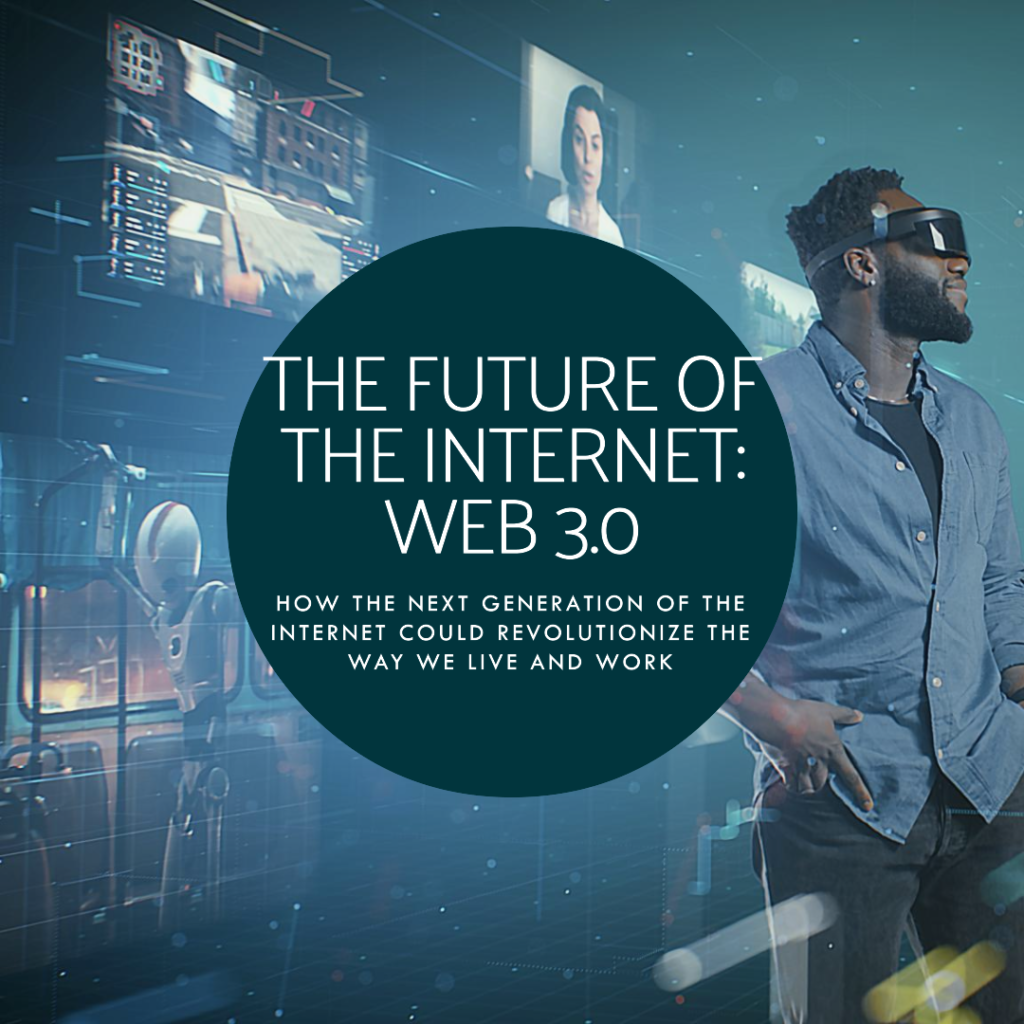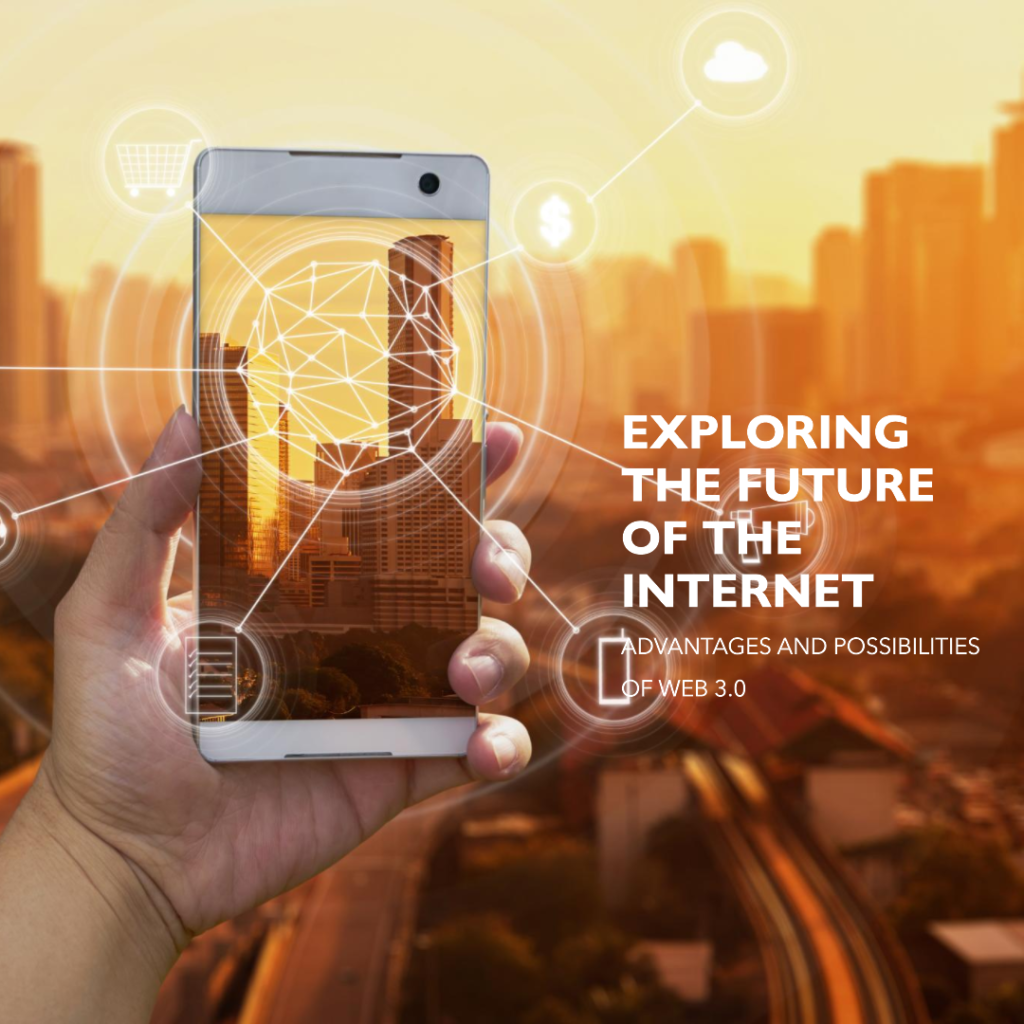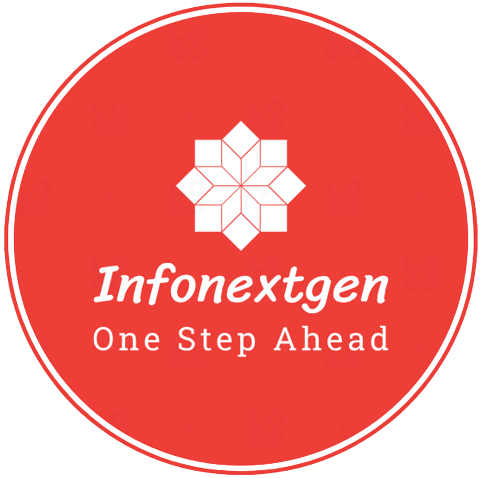Table of Contents
What is web 3.0?
Web 3.0 is the third generation of the internet, which is focused on decentralized technologies such as blockchain and smart contracts. It aims to create a more open and transparent internet where users have more control over their data and can interact with each other directly without intermediaries.

Difference between Web 1, 2, 3.0?
Web 1.0 was the first generation of the internet, which was mainly used for static web pages and basic HTML. Web 2.0 was the second generation, which introduced dynamic web pages, social media, and user-generated content. Web 3.0 is the third generation, which is focused on decentralized technologies such as blockchain and smart contracts, and aims to create a more open and transparent internet where users have more control over their data and can interact with each other directly without intermediaries.
| Can web 3.0 can be a game changer? |
Advantages and possibilities

Some of the advantages and possibilities of Web 3.0 include:
- 1. Decentralization: Web 3.0 enables decentralized applications and services, which can be more secure, transparent, and user-centric.
- 2. Trust and Transparency: Can help to build more trust and transparency between users, by enabling more direct and community-driven interactions.
- 3. New Business Models: It enables new business models for content creators, developers, and entrepreneurs, such as micropayments and tokenization.
- 4. Social and Economic Empowerment: It can create new opportunities for social and economic empowerment, particularly for those who have been historically marginalized or excluded from traditional systems.
- 5. Innovation: It can drive innovation and creativity, by enabling new forms of decentralized media, content creation, and collaboration.
Web 3.0 has the potential to transform the way we interact with each other and with technology, and to create a more open, decentralized, and equitable internet.
Some other possibilities of Web 3.0 include:
- 1. Personalization: Enable more personalized and customized experiences for users, based on their preferences and data.
- 2. Privacy and Security: Enable more secure and private interactions, by using cryptographic protocols and decentralized systems.
- 3. Data Ownership: It can help to shift ownership and control of data from centralized platforms to users, by enabling more decentralized and distributed data storage and management.
- 4. Sustainability: It can help to create more sustainable systems and applications, by reducing energy consumption and minimizing the environmental impact of technology.
- 5. Global Reach: Enable more global and inclusive interactions, by reducing barriers to entry and enabling more cross-border transactions and collaborations.
Future with AI
The future of Web 3.0 with AI is very promising, as AI can help to enhance and optimize many aspects of decentralized systems and applications. Some of the ways in which AI can be integrated into Web 3.0 include:
- 1. Smart Contracts: AI can help to automate and optimize smart contracts, by enabling more complex and dynamic decision-making processes.
- 2. Decentralized Autonomous Organizations (DAOs): AI can help to optimize and govern DAOs, by enabling more efficient and effective decision-making and resource allocation.
- 3. Data Analysis: AI can help to analyze and interpret large amounts of data generated by decentralized systems and applications, enabling more insights and intelligence.
- 4. Personalization: AI can help to create more personalized and customized experiences for users, by analyzing their preferences and behaviors.
- 5. Security and Fraud Detection: AI can help to detect and prevent security breaches and fraud, by analyzing patterns and anomalies in data.
The integration of AI into Web 3.0 can help to create more intelligent, efficient, and effective systems and applications, and to enhance the user experience. However, it is important to ensure that AI is used ethically and transparently, and that it does not perpetuate biases or discrimination.
- Social advantage of web 3.0
One of the social advantages of Web 3.0 is that it enables more direct and transparent interactions between users, without the need for intermediaries. This can lead to more trust and collaboration between individuals and communities, and can help to reduce the influence of centralized organizations. Web 3.0 also enables more secure and private interactions, which can help to protect users’ data and identities. Additionally, Web 3.0 can create new opportunities for social and economic empowerment, particularly for those who have been historically marginalized or excluded from traditional systems.
- Interoperability of web 3.0
Interoperability is a key feature of Web 3.0, which enables different decentralized applications and services to communicate and interact with each other seamlessly. This is important because it allows users to move data and assets between different platforms and services, without being locked into a particular ecosystem. Interoperability is achieved through open standards and protocols, which enable different systems to exchange data and transactions in a secure and transparent manner. This can help to create a more open and connected internet, where users have more control over their data and can access a wider range of services and applications.
- Media centric
Web 3.0 is media-centric because it enables new forms of decentralized media and content creation, which can be owned and controlled by users rather than centralized platforms. This can include peer-to-peer content sharing, social media platforms, and decentralized publishing and distribution systems. Web 3.0 also enables new business models for content creators, such as micropayments and tokenization, which can help to support independent media and journalism. Additionally, Web 3.0 can help to address issues of censorship and content moderation, by enabling more decentralized and community-driven approaches to content governance.
What language web 3.0 use.
Web 3.0 does not rely on a specific programming language, as it is a decentralized ecosystem that includes a variety of different protocols, platforms, and applications. However, there are several programming languages that are commonly used in Web 3.0 development, including:
- 1. Solidity: Solidity is a programming language that is used to write smart contracts for the Ethereum blockchain.
- 2. Rust: Rust is a systems programming language that is used for building decentralized applications and protocols.
- 3. JavaScript: JavaScript is a popular programming language that is used for building decentralized applications and protocols, as well as for front-end web development.
- 4. Golang: Golang is a programming language that is used for building decentralized applications and protocols, as well as for back-end web development.
- 5. Python: Python is a popular programming language that is used for building decentralized applications and protocols, as well as for data analysis and machine learning.
These are just a few examples of the many programming languages that can be used in Web 3.0 development. The choice of programming language will depend on the specific use case, platform, and protocol being developed.
Risk or downside of WEB 3.0
Like any new technology, Web 3.0 also has its risks and downsides. Some of the potential risks and downsides of Web 3.0 include:
- 1. Security Risks: Decentralized systems and applications can be vulnerable to security breaches, hacks, and attacks, as they may lack the centralized security measures of traditional systems.
- 2. Regulatory Challenges: Decentralized systems and applications may face regulatory challenges and legal uncertainties, as they may not fit into existing legal frameworks.
- 3. Accessibility: Decentralized systems and applications may be less accessible to those without the technical knowledge or resources to use them.
- 4. Scalability: Decentralized systems and applications may face scalability challenges, as they may not be able to handle large volumes of data and transactions.
- 5. Energy Consumption: Decentralized systems and applications may require significant energy consumption, particularly for proof-of-work consensus mechanisms.
It is important to address these risks and downsides of Web 3.0, in order to ensure that it can be used safely, securely, and sustainably. This may involve developing new security measures, regulatory frameworks, and accessibility tools, as well as exploring more energy-efficient consensus mechanisms and other solutions to scalability challenges.
https://infonextgen.com/holographic-image-inventive-future-of-hologram/

[…] What is Web 3.0? Revolutionary, Innovative Future of Web 3.0 with advantages of AI? […]